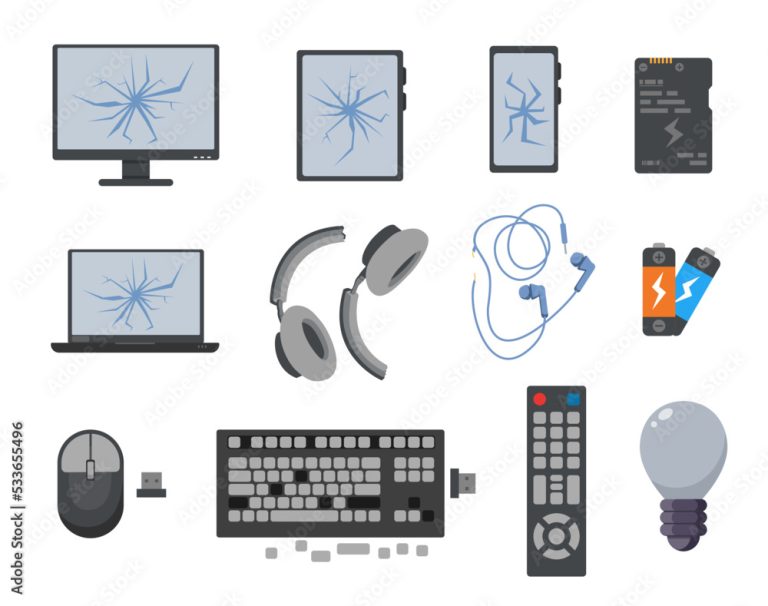BASIC SCIENCE: J S S 1 ELEMENTS AND SYMBOLS.
WEEK: TWO DATE: ________ CLASS: J S 1
SUBJECT: BASIC SCIENCE
BASIC SCIENCE: J S S 1 ELEMENTS AND SYMBOLS.
Basic science J S 2
LESSON TITLE: ELEMENTS AND SYMBOLS.
SUBTITLE (IF ANY):
PERIOD: DOUBLE DURATION: _______
LEARNING OBJECTIVES: By the end of the lesson, students should be able to
Explain the meaning of element.
Relate things around them with element.
Connect the alphabets to symbol of elements.
KEY VOCABULARY WORDS: Elements, symbols, substance, units, higher particles, atoms, split. Etc.
RESOURCES & MATERIALS: Basic science, for JSCE page 99-100, internet YouTube, cardboard, scissors, pictures of universe, beans, cable
BUILDING BACKGROUND/CONNECTION TO PRIOR KNOWLEDGE: The students are familiar with matter, science, living and non-living things before
CONTENT: Elements – An Element is a substance that is made up of the kind of particle called atom and cannot be split into two or more simpler unit or substance by an ordinary chemical process.
An element can also refer to as a substance that consists of atoms with the same number of protons in their atomic nuclei. Each element is uniquely defined by its atomic number, which corresponds to the number of protons in the nucleus of its atoms. Elements are the fundamental building blocks of matter and cannot be broken down into simpler substances by chemical means.
Examples of element include (i) Gold (ii) Iron (iii) carbon (iv) hydrogen (v) oxygen (vi) neon (vii) silver
Example of element according to periodic table, the first twenty elements.
STRATEGIES & ACTIVITIES: Critical thinking and problem-solving activities.
- Students as a class discuss element and important to man and its environments.
- Students are group into small group.
- Students in small group cut out all the small and capital letters of the alphabets.
- Each group was examined by the teacher telling them to explain what they hear.
ASSESSMENT (EVALUATION): The teacher ask question based on the learning objectives at the end of the class.
WRAP-UP (CONCLUSION): The teacher concludes by revise the topic again and the key words was emphasized.
ASSIGNMENT: Assignment was given to the students.
WHAT IS AN ELEMENT
WHAT IS AN ATOM
WHAT IS AN ELEMENT
An element is a substance that consists of atoms with the same number of protons in their atomic nuclei. all element is uniquely defined by its atomic number, which corresponds to the number of protons in the nucleus of its atoms. Elements are the fundamental building blocks of matter and cannot be broken down into simpler substances by chemical means.
WHAT IS AN ATOM
An atom is the basic unit of matter, consisting of a nucleus composed of protons and neutrons, with electrons orbiting the nucleus. Here are the key components of an atom:
- Nucleus: The central part of an atom, the nucleus, contains protons and neutrons. Protons carry a positive electric charge, while neutrons have no electric charge (they are neutral). The nucleus is held together by the strong force.
- Protons: Positively charged subatomic particles found in the nucleus of an atom. The number of protons in an atom determines its identity as an element and is referred to as the atomic number.
- Neutrons: Neutrally charged subatomic particles found in the nucleus of an atom. Together with protons, neutrons contribute to the mass of the atom.
- Electrons: Negatively charged subatomic particles that orbit the nucleus in electron shells or energy levels. Electrons are much lighter than protons and neutrons and contribute very little to the overall mass of the atom.
The arrangement of electrons in the electron shells determines the chemical behavior of an atom. Atoms seek to achieve stability by filling their outermost electron shell. The number of electrons in the outermost shell influences the atom’s reactivity and its ability to form chemical bonds with other atoms.
Atoms are the basic building blocks of all matter and combine to form molecules through chemical reactions. The study of atoms and their interactions falls under the branch of science known as atomic physics or quantum mechanics.






